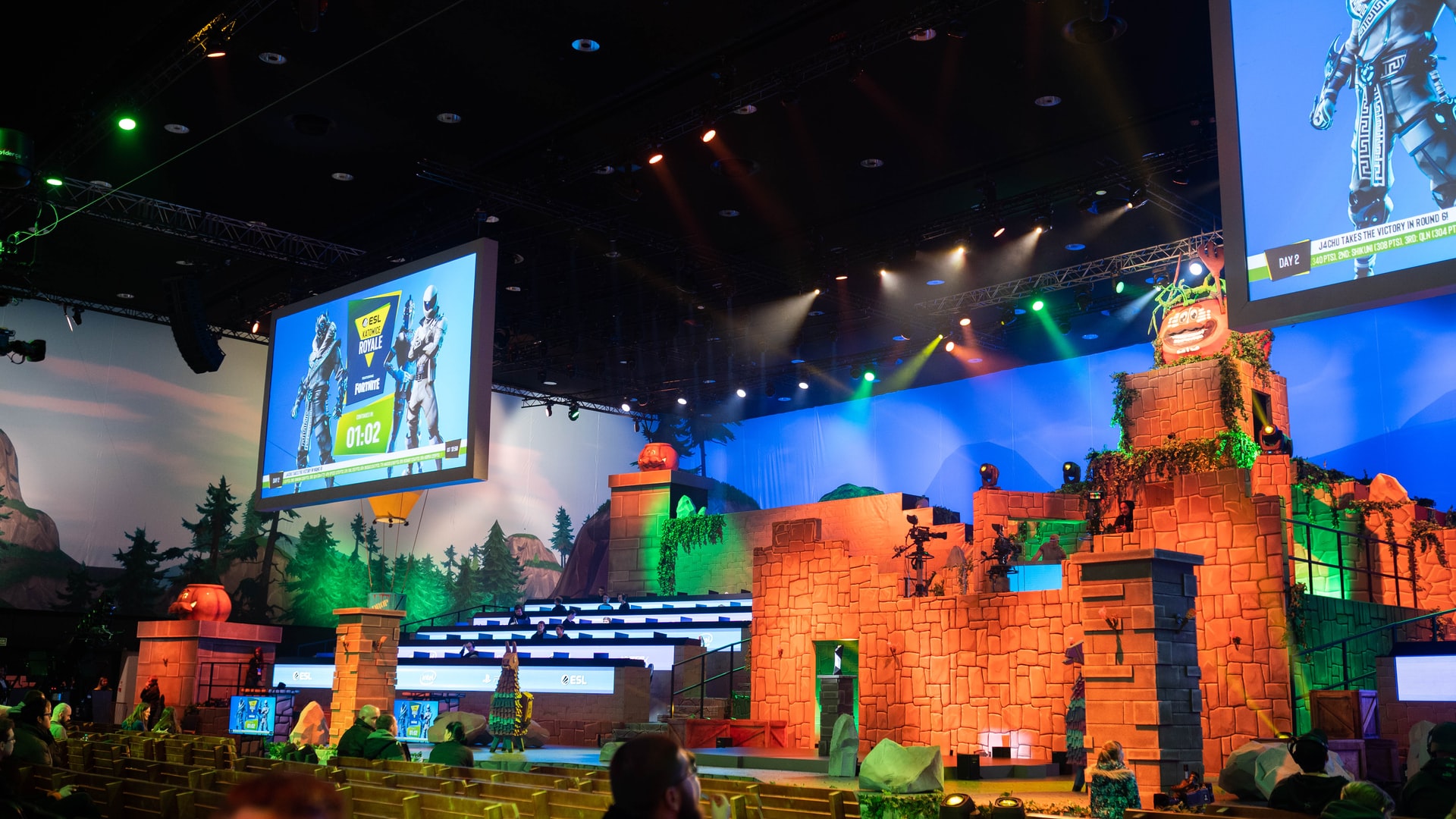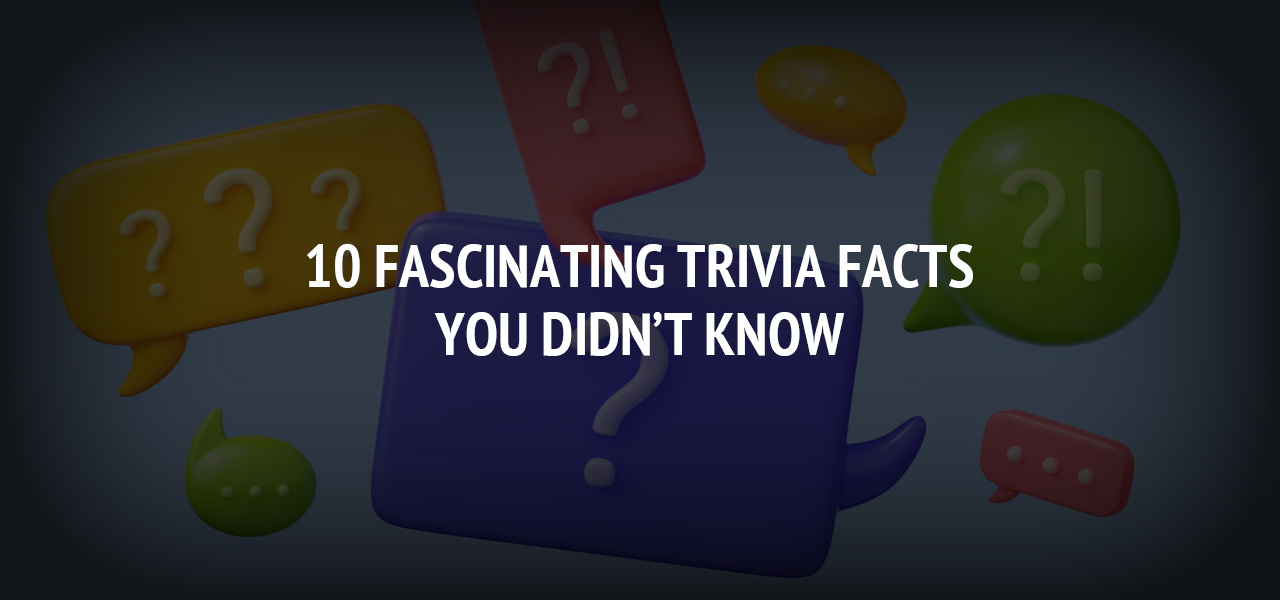As Triple-A Prices Rise, Free Games Continue to Dominate the Market

Just recently, the gaming community as been divided over news of inflated prices for upcoming titles, and whether its concurrence with the impending release of a new generation of consoles signals a permanent shift in the affordability of Triple-A titles.
What is interesting, however, is how the price points for big-ticket consoles compare with the unlikely frontrunner of the industry: mobile gaming.
Where is Most of the Revenue Coming From?
While Triple-A titles may dominate the charts – and achieve the highest price point for developers – mobile gaming has for many years dwarfed the most lucrative area of the market.
As of mid-2020, the average game price on mobile App Stores stands at just 51 cents, with many of the most popular gaming genres, such as portable MMORPGs like Arcane Legends and high stakes games like NetBet Casino, available as free downloads optimised for mobile gameplay. In spite of these low (or non-existent) price points, however, mobile gaming comprises well over half of the revenue generated for the video games industry as a whole.
Triple-A Titles by Comparison
Just recently, a number of titles – particularly those created to coincide with the release of newer, more powerful consoles – have been accompanied by significantly higher price points. NBA2k21, for instance, has garnered plenty of backlash from longstanding fans for the varying price point, which is $10 more expensive for the PS5 and Xbox Series X than it is for current consoles.
While many fans and critics have defended the increase, others are fearful that long-awaited titles will become increasingly inaccessible – particularly as the new generation of consoles become more ubiquitous around the world.

Is the Rising Cost of Triple-A Titles Here to Stay?
While the big-name game developers are not generating the same level of revenue as mobile game developers, it is unlikely that they are rising their price points in a bid to supersede the platform. In actual fact, Xbox has already put plans in place to integrate their libraries into mobile gaming through the Game Pass Ultimate – possibly in recognition of the potential within a market searching for high quality, portable gaming options.
Rather, with the advancement of faster and more powerful technology capable of supporting a much more fluid style of gameplay, the big developers are defending rising costs as an unfortunate consequence of improved production. It has been reported that the cost of producing these games is now up to 300% more expensive than it was when the current standard for Triple-A games – usually no more than $60 – was introduced around fifteen years ago.
The next generation of consoles is expected to arrive in the fall of this year, and until that time it is unclear quite how pervasive these higher price points will be. What is clear, however, is that games featuring negligible price points remain one of the most popular choices on the market today, and that trends continue to favour accessible titles designed to accommodate a more versatile style of gameplay.
About The Author
Related Blog
View All-
Collect Loot, Level Up, Defeat Bosses and More: Everything to Know on WoW Boosts
World of Warcraft is filled with countless opportunities for adventure, from collecting rare loot and leveling up to taking on epic bosses across Azeroth. However, diving into the game’s full experience can take significant time and effort, especially for ...
-
10 Fascinating Trivia Facts You Didn’t Know (All About Video Games!)
Video games have become an essential part of modern entertainment, captivating players of all ages with immersive stories, competitive gameplay, and stunning graphics. But behind the scenes of your favorite games lie some truly surprising facts that even hardcore ...







